You might think that helium is only used for filling party balloons or making your voice go high-pitched.
Or possibly, you may have heard that this gas is sometimes breathed by scuba divers but don’t know why.
This article will show you that deep technical divers use helium to reduce the dangerous effects of narcosis underwater.
We will remind ourselves what narcosis is and look at the positives and negatives of breathing helium and see if it can benefit regular, recreational scuba divers.
- When Do Scuba Divers Use Helium?
- What’s the Helium Concentration in a Scuba Tank?
- What Are the Other Benefits of Breathing Helium?
- What Are the Downsides of Breathing Helium?
- Is There a Minimum Depth for Using Helium?
- What’s the Maximum Depth for Using Helium?
- Why Don’t All Scuba Divers Use a Helium Mix?
- Where Can You Fill Your Tank With Helium?
- Conclusion
- You Might Also Like…
Disclosure: this post contains affiliate links (clearly marked with ), which means we may earn a commission if you buy something through them, at no additional cost to you.
When Do Scuba Divers Use Helium?
Helium is a stable, inert gas that is the second lightest of all known.
It is relatively rare, and scientists only realized its existence as an atom in 1868.
In scuba diving, helium is used to reduce or remove the effects of gas narcosis underwater when making deep technical dives.
As we will see later helium is not normally used by recreational divers.
What is Gas Narcosis?
Gas Narcosis (sometimes inaccurately called nitrogen narcosis) is the name given to the anesthetic phenomenon when a diver is breathing underwater and suffers from an assortment of adverse effects related to the depth they are at.
The exact method by which narcosis works is not entirely understood.
It is believed that under pressure, the gases the diver has breathed affect signal transmission in their central nervous system, causing intoxicating effects.
Gas narcosis typically begins to affect scuba divers who are breathing air at depths of around 100 feet / 30m, and they become stronger as the diver descends deeper.
It is also known that cold water and limited visibility can increase the levels at which divers suffer narcosis.
Initially, the effects include slowed thinking, a mild feeling of euphoria, and increased problem-solving times.
As the diver goes deeper, the intoxication becomes more profound, and they will begin to become heavily affected.
Reaction times grow dramatically, physical movements and motor skills will be affected, and simple tasks become significantly harder to achieve.
The diver will not be able to concentrate on the task at hand and can lose control of the dive itself through lack of awareness or poor judgment.
In this scenario, it is improbable that the diver will be checking their air, decompression time, or managing their depth and buddy contact.
Divers can be expected to experience visual and auditory disturbances, vertigo, and adverse psychological reactions at extreme depths, including fear, panic, depression, and paranoia.
Narcosis itself isn’t necessarily directly dangerous.
If it were allowed to grow to extreme levels, it would act as an anesthesia and cause unconsciousness.
However, needless to say, under a scuba diving situation, the inability to think straight, fully control physical abilities, or remain conscious can be deadly.
Divers suffering from strong narcosis are incredibly likely to experience injury or even death, most commonly from running out of air or a rapid ascent.
Narcosis is a function of the depth of a diver and the make-up of the gas they are breathing.
As soon as the diver starts to ascend, the narcotic effects will begin to reduce until they reach sufficiently shallow water that they are no longer felt.
It’s worth noting that narcosis affects all scuba divers irrespective of their experience or qualification level.
How Does Helium Help Narcosis?
Helium is considerably less narcotic than the two main gases found in air, oxygen and nitrogen.
Like nitrogen, helium is an inert gas and so is not used by the body’s metabolism.
It is safe to breathe, and so divers that are going to make deep dives will use trimix breathing gas that has a percentage of helium to reduce or remove the effects of narcosis.
Before trimix diving was introduced, technical divers were either limited by narcosis on the depths that they could safely dive to, or they ignored this and made deeper dives at extreme and often fatally high risks.
What’s the Helium Concentration in a Scuba Tank?
The helium concentration in a technical divers scuba tank will be determined by the depth they plan to dive.
The deeper the technical diver will be going, the greater the percentage of helium that they will need.
The diver determines what depth they are ordinarily content to go to when breathing air in terms of narcosis.
As a benchmark, this is often 130 feet / 40m, the maximum depth for recreational diving.
A calculation is made to determine the amount of helium that is needed to retain the Equivalent Narcotic Depth (END) at the greater planned depth.
If this sounds complicated, it is just one of the reasons that diving with helium is only done after receiving special technical diver training.
What Are the Other Benefits of Breathing Helium?
In addition to dramatically reducing narcosis, helium gas has a far lower density than oxygen or nitrogen, making it easier for deep divers to breathe.
You may also already know that helium makes your voice amusingly high-pitched.
What Are the Downsides of Breathing Helium?
Cost
The main downside to helium as a divers breathing gas is that it is extremely expensive.
The cost of diving with helium-containing trimix gas can add hundreds of dollars compared to the same dive made on air.
However, it must, of course, be noted that the safety benefits are priceless.
In addition to the cost of the gas itself, technical divers must pay for and complete special training to safely use helium trimix.
They will also need a particular trimix-capable dive computer and planning software to plan and execute their dives correctly.
Longer Decompression Times
Helium gas will enter and leave the body’s tissues at different rates than the normally breathed inert gas nitrogen.
This means that different decompression calculations need to be used to plan and make trimix technical dives to consider breathing both helium and nitrogen.
As a general rule, if it were safe to make a dive on air, the trimix diver would need to spend longer in the water decompressing than an air diver that had made the same dive.
Inappropriate To Use With a Drysuit
It is common for divers with drysuits to use their regular breathing gas to inflate the suit as they descend to maintain comfort and insulation.
Due to its low density, helium is an extremely poor insulator meaning that the warmth from the drysuit will be dramatically reduced.
Accordingly, trimix drysuit divers will usually need to carry a separate tank and regulator to inflate their suits with a suitably insulating gas.
Is There a Minimum Depth for Using Helium?
As we’ve discussed, most scuba divers breathing air (or equally enriched air nitrox) don’t notice the effects of narcosis until they get past about 100 feet / 30m
It’s generally accepted that the symptoms are not significantly negative for most people until past 130 feet / 40m.
For this reason and the minimal no-decompression times that the diver will receive, the maximum depth for recreational scuba diving is 120 feet / 40m.
In good conditions, the technical dive industry standard for using helium trimix is for all dives past 160 feet / 50m.
However, if there is poor visibility, low temperatures, or strong currents that can exacerbate narcosis, it is recommended to use trimix below 130 feet / 40m.
Shallower than these depths, the diver wouldn’t receive any benefit from breathing helium and would just be wasting their money and this precious gas.
What’s the Maximum Depth for Using Helium?
The maximum depth for breathing helium is the maximum depth for scuba diving itself.
At the extremes of scuba diving, all current deep diving records have to use helium trimix gas because the narcosis from breathing air would have made them impossible to achieve.
For these extreme depth records, very high proportions of helium of up to 85% are used in the trimix gas planned to be breathed at the most significant depth.
Why Don’t All Scuba Divers Use a Helium Mix?
Using helium for recreational scuba diving is unnecessary as the diver will not get any benefit from it.
The cost for the gas itself would be completely wasted in recreational diving depths, and users would still require a costly technical diver computer to correctly calculate and monitor their no-decompression times, accounting for the helium part of their breathing gas.
Where Can You Fill Your Tank With Helium?
Not all dive shops will be able to fill scuba tanks with helium trimix.
Special equipment and training are needed, so the availability may depend on how much technical diving is made in an area.
A scuba diving shop that does blend trimix will only fill tanks for suitably certified trimix technical divers.
Technical diving certification allows for greater depths and more significant helium percentages as diver training and experience progresses.
For this reason, the amount of helium that the dive shop will put into your tank will be limited by your certification level.
Conclusion
We’ve seen that helium can dramatically reduce the dangerous effects of gas narcosis on a scuba diver.
It is usually used by technical divers to make dives past 160 feet / 50m safely.
Helium isn’t used for recreational divers as they are limited to dives shallower than 130 feet / 40m, and the cost of the gas would be unnecessary.
You Might Also Like…
-

How Do Scuba Divers Drink Water? 5 Possible Ways (+7 Tips)
-

How Long Can Scuba Divers Stay Underwater? (+9 Limiting Factors)
-
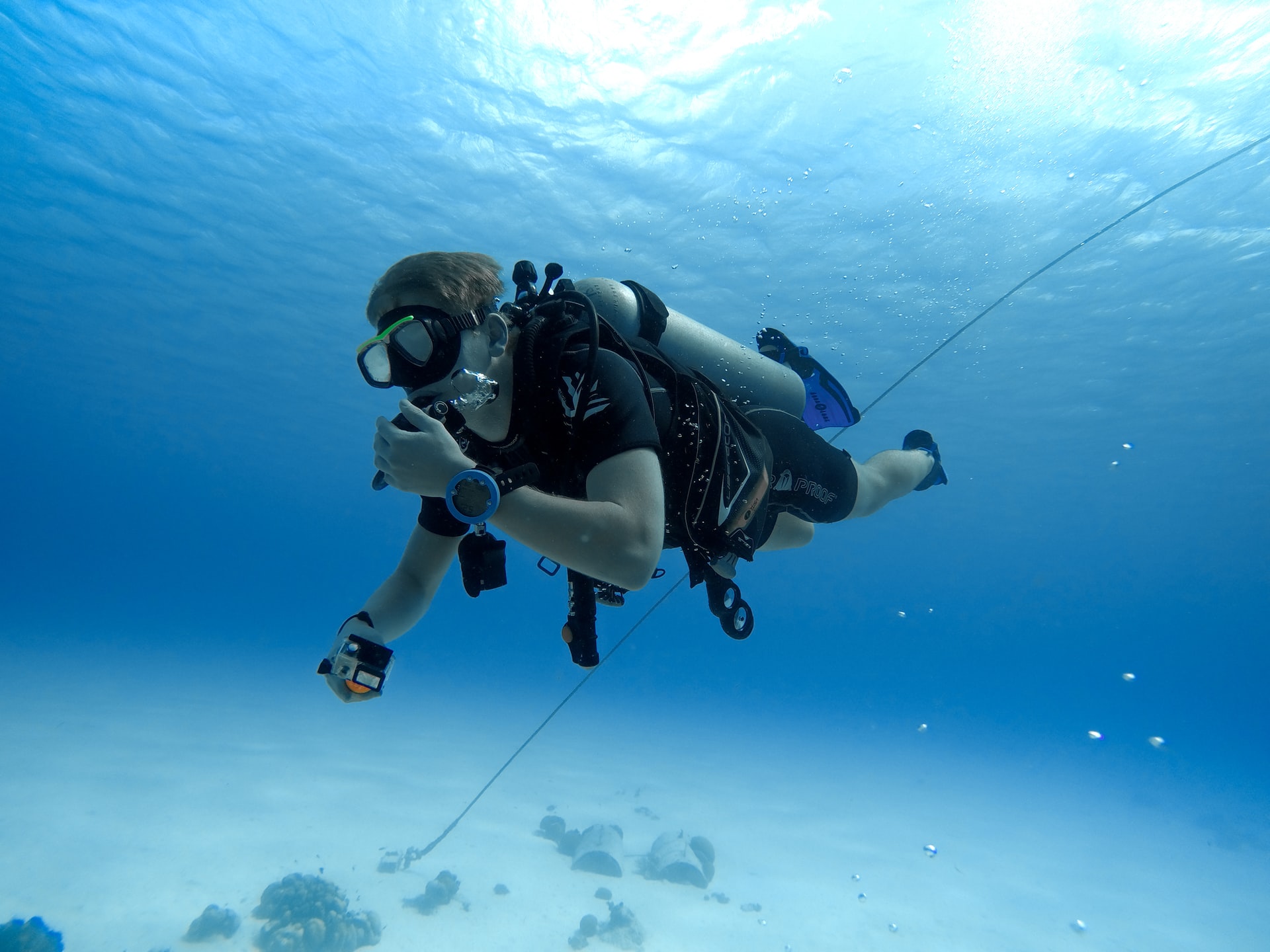
Are Scuba Divers Athletes? All the Facts (+New Competitive Forms)
-

Are Sharks Scared of Scuba Divers? (What Every Diver Must Know)
-
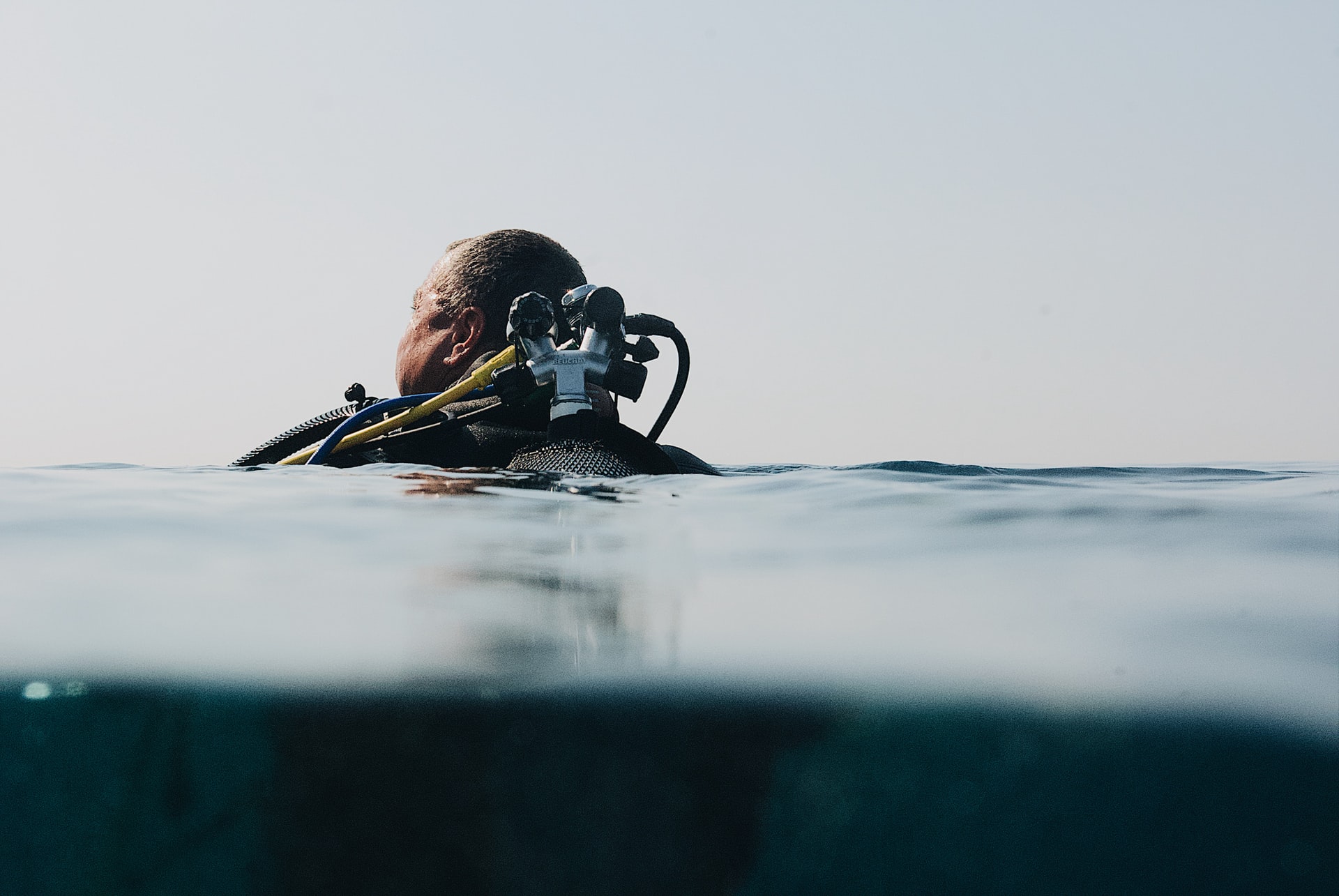
Who Should Not Scuba Dive? 17 Reasons (Every Diver Should Know)
-
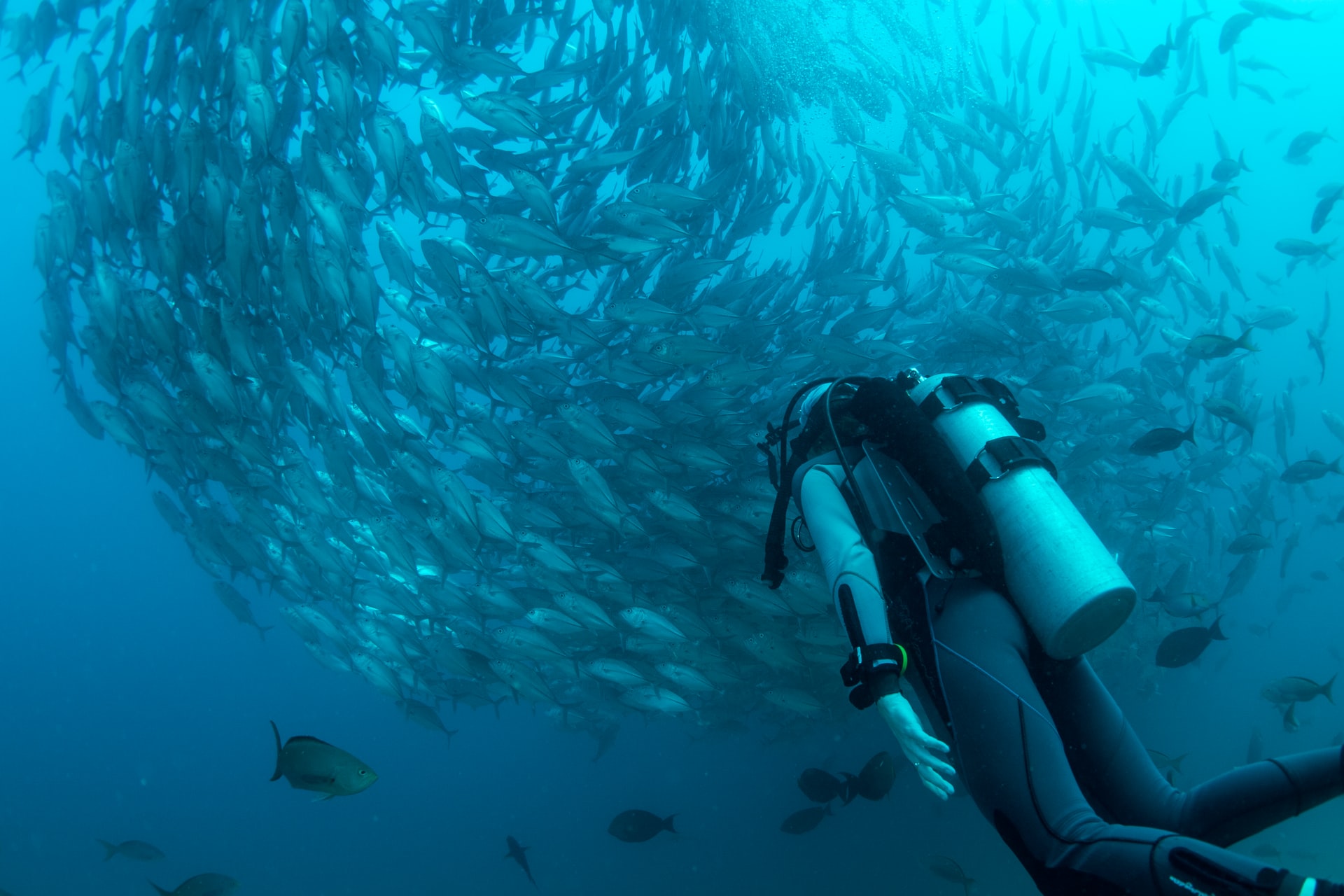
Should I Be Scared of Scuba Diving? 8 Common Fears (Debunked)
-
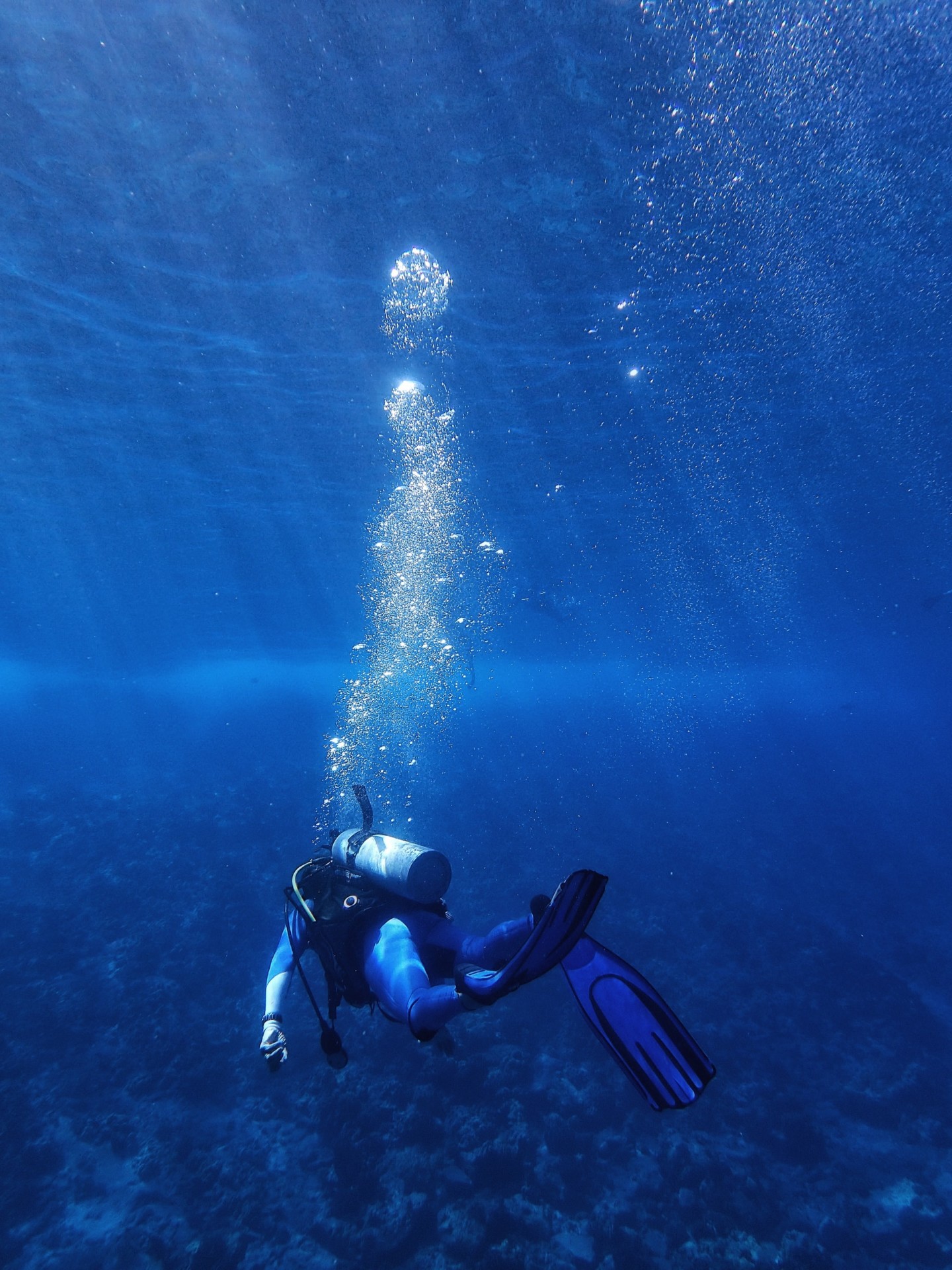
Why Do Scuba Divers Use More Air at Depth? (+4 Practical Tips)
-
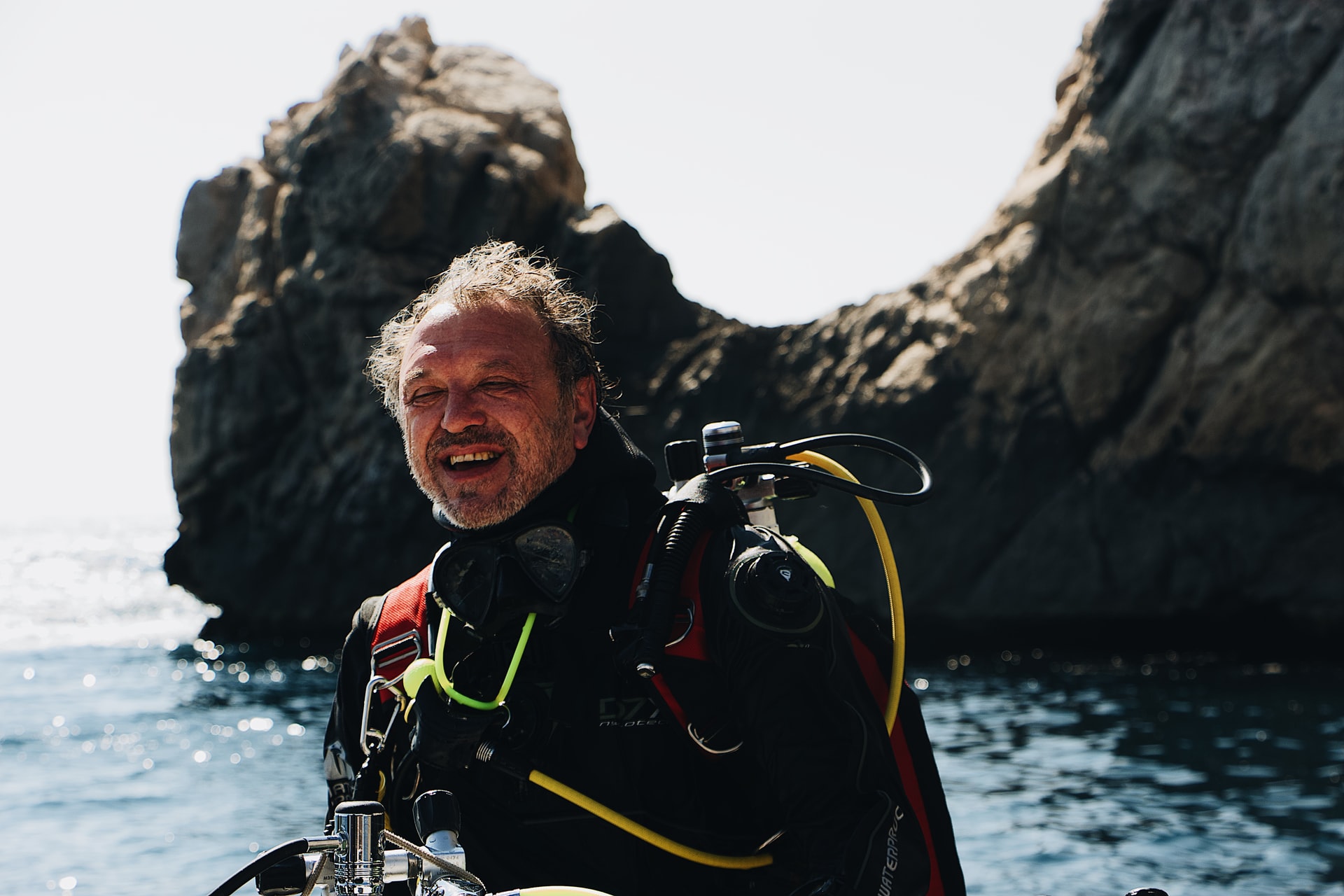
At What Age Should You Stop Scuba Diving? (+9 Tips for Older Divers)
-
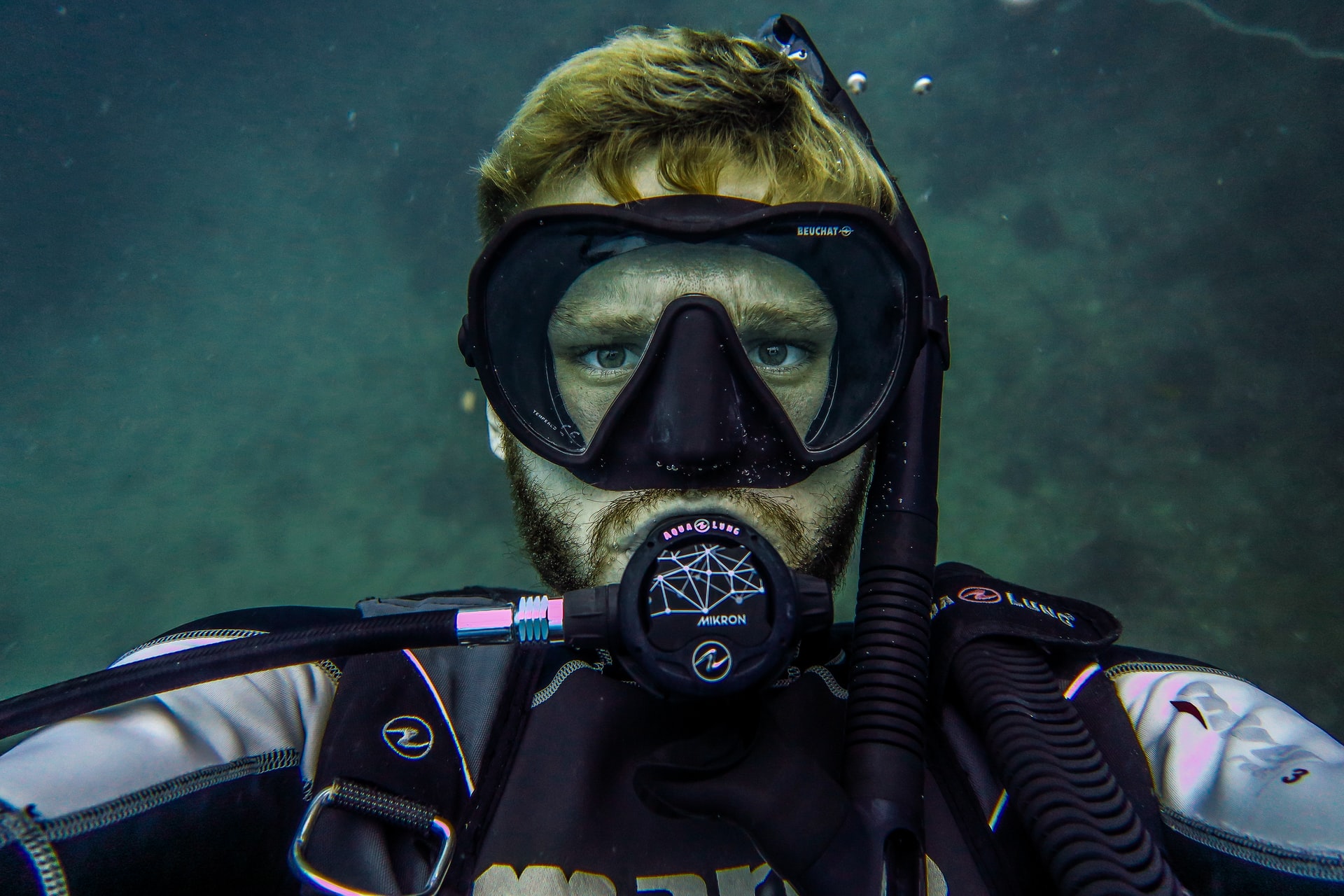
Should I Shave Before Scuba Diving? Crucial Facts (+9 Helpful Tips)
-
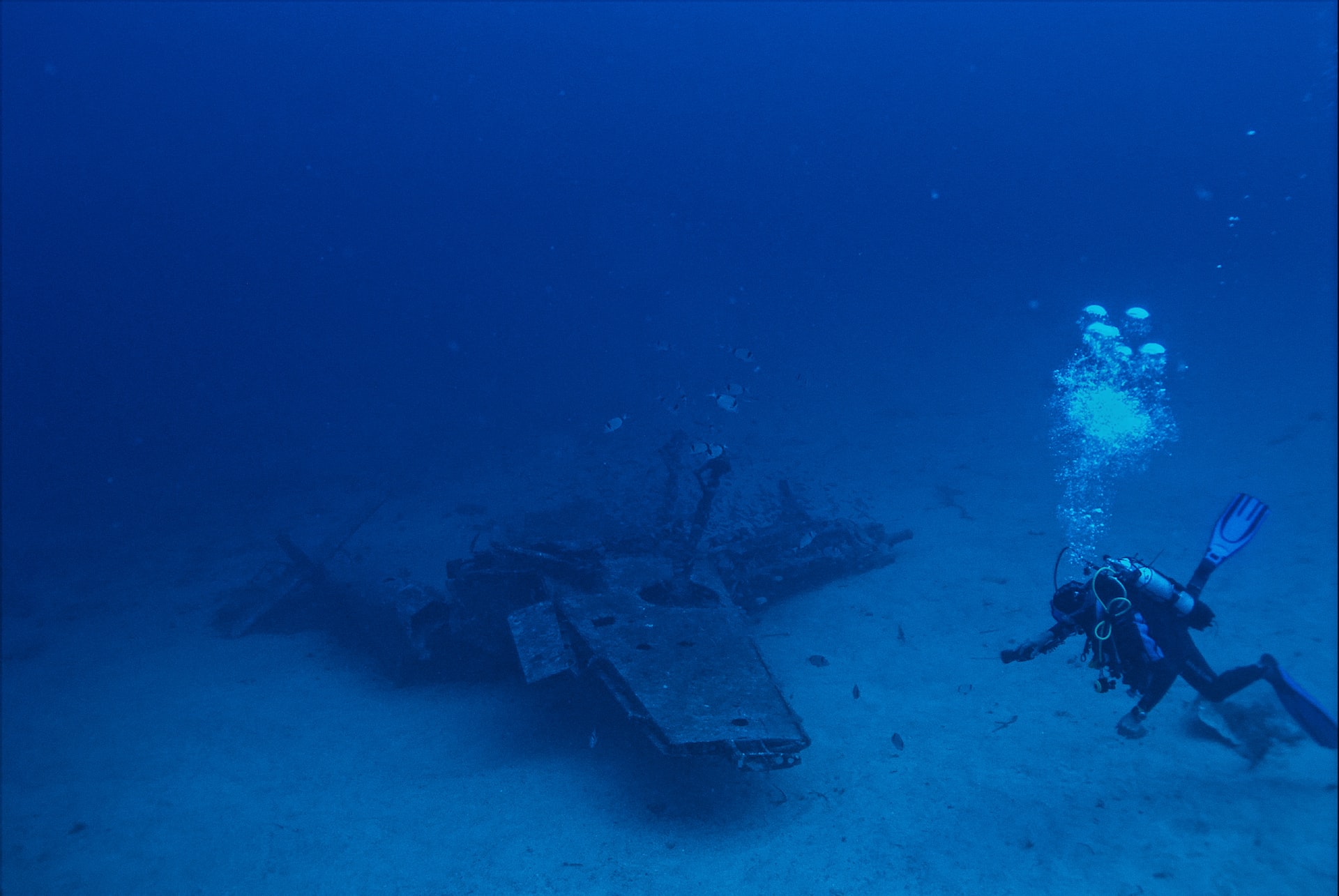
Why Do Scuba Divers Use Helium? (+Its Pros & Cons)
-
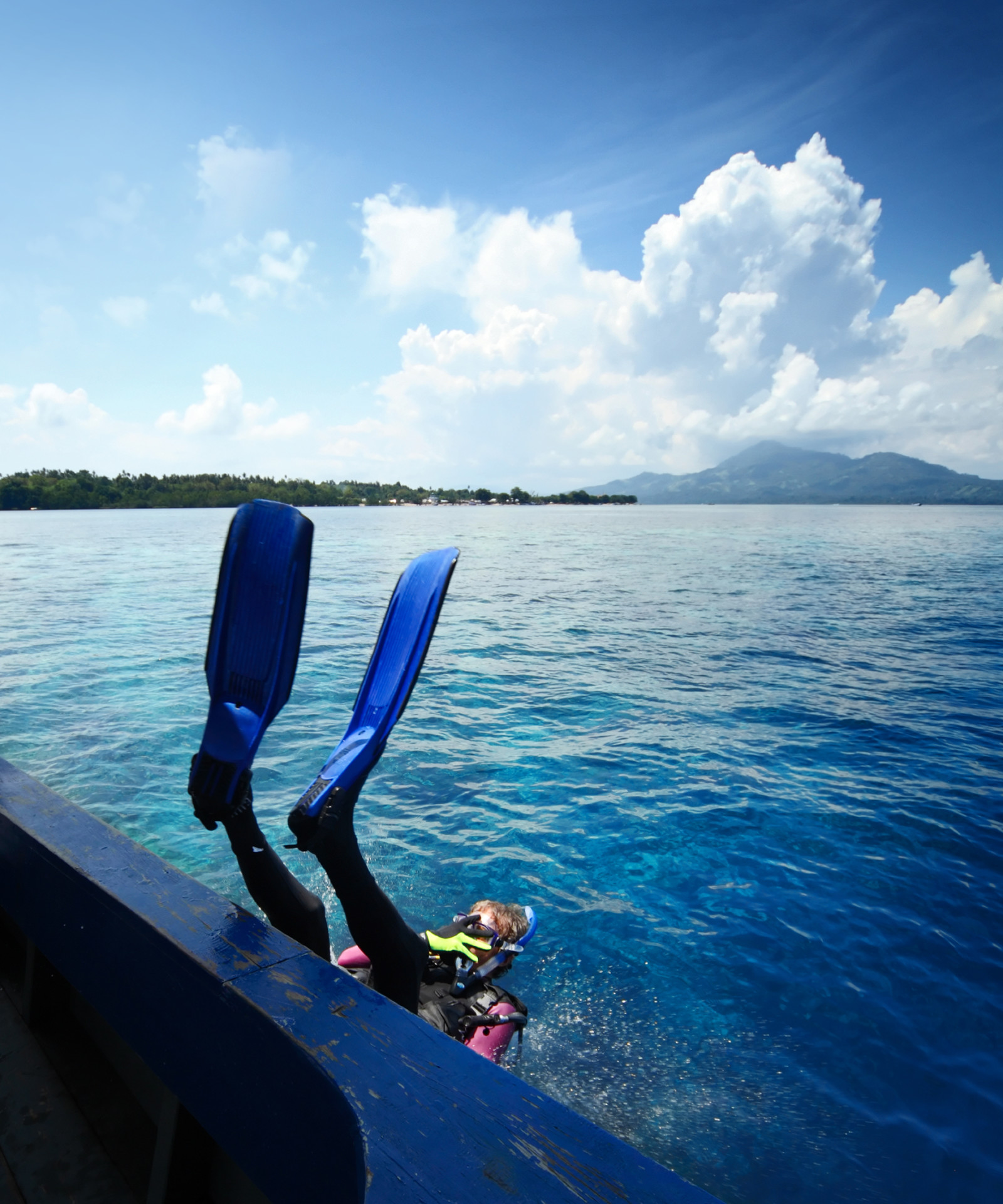
Why Do Scuba Divers Go in Backwards? (+3 Alternative Entries)
-

How Do Scuba Divers Sink and Float? (+Tips to Get It Right)








